Optimal Timing for Waterproofing Projects
Proper timing for waterproofing projects is essential to ensure durability and effectiveness. The optimal period depends on local climate conditions, temperature ranges, and humidity levels. Typically, dry and mild weather conditions provide the best environment for applying waterproofing solutions, allowing materials to cure properly and adhere effectively.
Spring offers moderate temperatures and lower humidity, making it ideal for waterproofing projects before heavy rainfall begins.
Summer's warm and dry conditions facilitate proper curing, but high temperatures should be monitored to prevent rapid drying.
Fall provides cooler temperatures and less humidity, suitable for waterproofing before winter sets in.
Winter is generally not recommended due to cold temperatures and potential for freezing, which can compromise waterproofing materials.

Ways to make Waterproofings work in tight or awkward layouts.
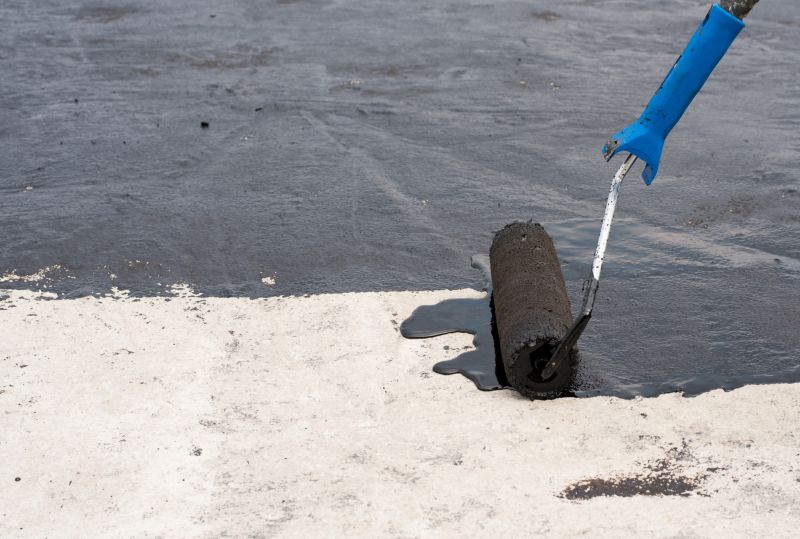
Popular materials for Waterproofings and why they hold up over time.
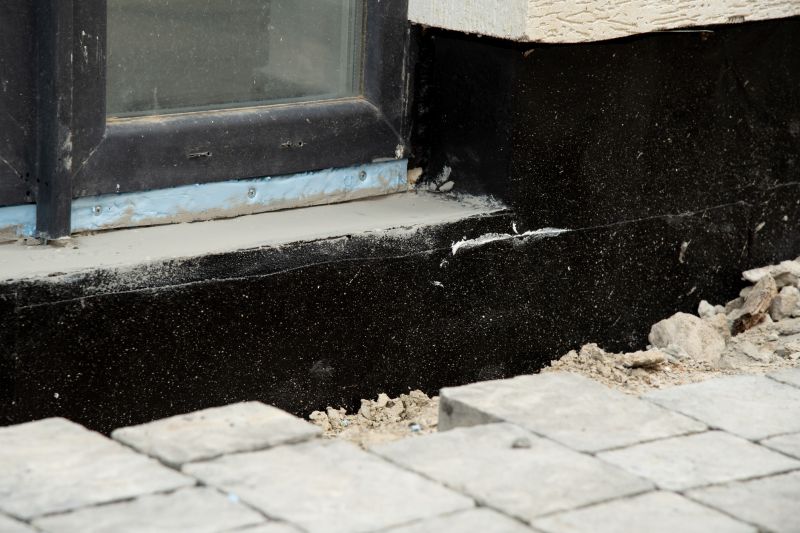
Simple add-ons that improve Waterproofings without blowing the budget.
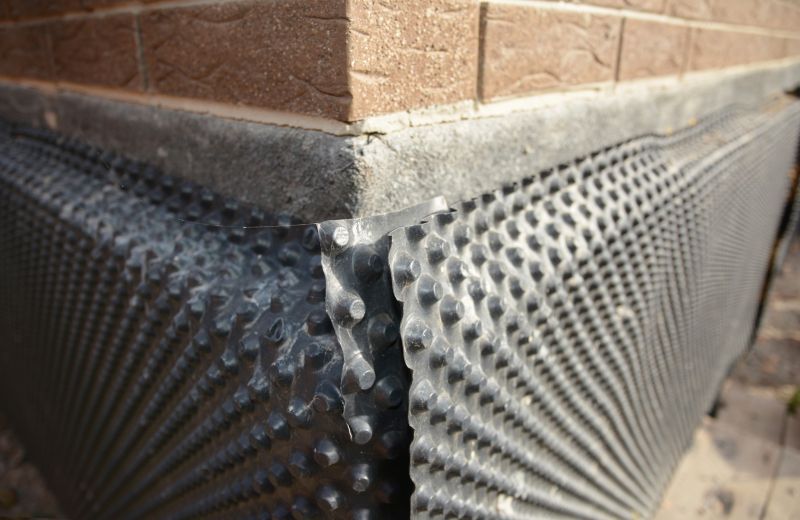
High-end options that actually feel worth it for Waterproofings.

Finishes and colors that play nicely with Waterproofings.
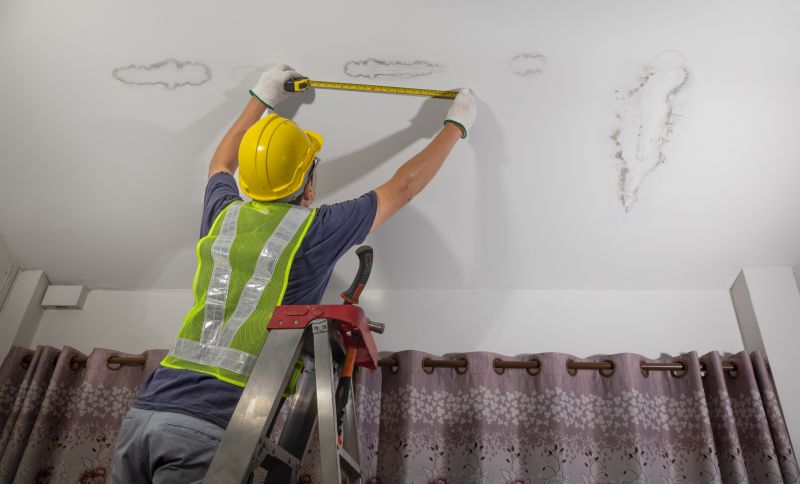
Little measurements that prevent headaches on Waterproofings day.
Waterproofing is a critical component in protecting structures from water intrusion, which can lead to damage, mold growth, and structural deterioration. Proper waterproofing extends the lifespan of buildings and reduces long-term maintenance costs. It involves applying specialized materials to surfaces such as foundations, roofs, and walls to prevent water penetration. The effectiveness of waterproofing depends on selecting the right products, surface preparation, and application timing.
Statistics indicate that water damage accounts for a significant portion of property repairs annually, emphasizing the importance of timely waterproofing. Properly applied waterproofing systems can reduce water-related issues by up to 80%, safeguarding property value and structural integrity.
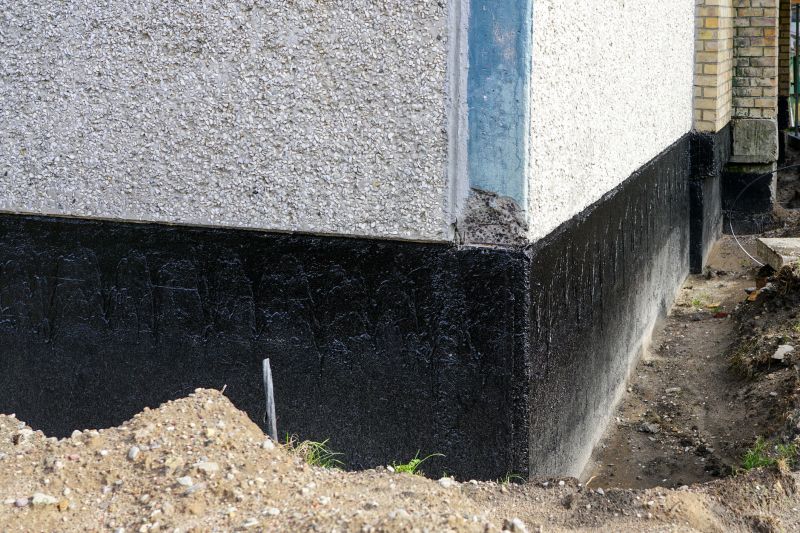
A 60-second routine that keeps Waterproofings looking new.

A frequent mistake in Waterproofings and how to dodge it.

Small tweaks to make Waterproofings safer and easier to use.
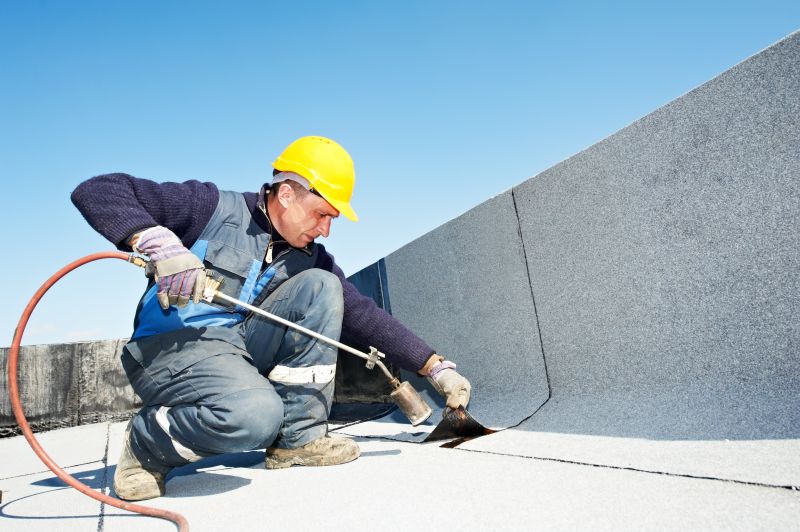
Lower-waste or water-saving choices for Waterproofings.
| Season | Best Conditions for Waterproofing |
|---|---|
| Spring | Moderate temperatures, low humidity, before heavy rains. |
| Summer | Warm and dry, ideal for curing, avoid extreme heat. |
| Fall | Cooler temperatures, less humidity, before winter. |
| Winter | Cold temperatures, generally unsuitable due to freezing risks. |
| Late Fall | Transition period, not recommended due to unpredictable weather. |
| Early Spring | Ideal for preparing surfaces before rainy season. |
| Late Summer | Possible, if weather remains dry and temperatures are moderate. |
Choosing the right time for waterproofing depends on local weather patterns and specific project requirements. Proper planning ensures that waterproofing materials cure correctly and provide maximum protection against water intrusion, ultimately extending the lifespan of the structure.

The short, realistic tool list for quality Waterproofings.

Rough timing from prep to clean-up for Waterproofings.
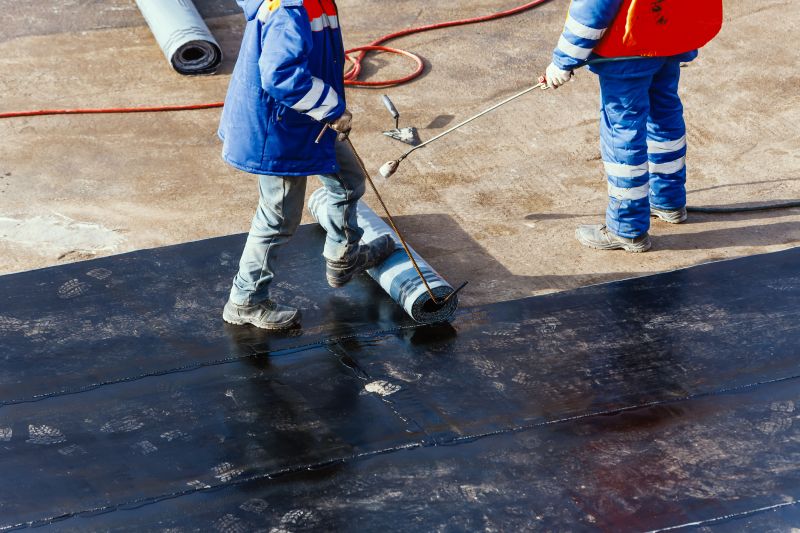
Quick checks and paperwork to keep after Waterproofings.
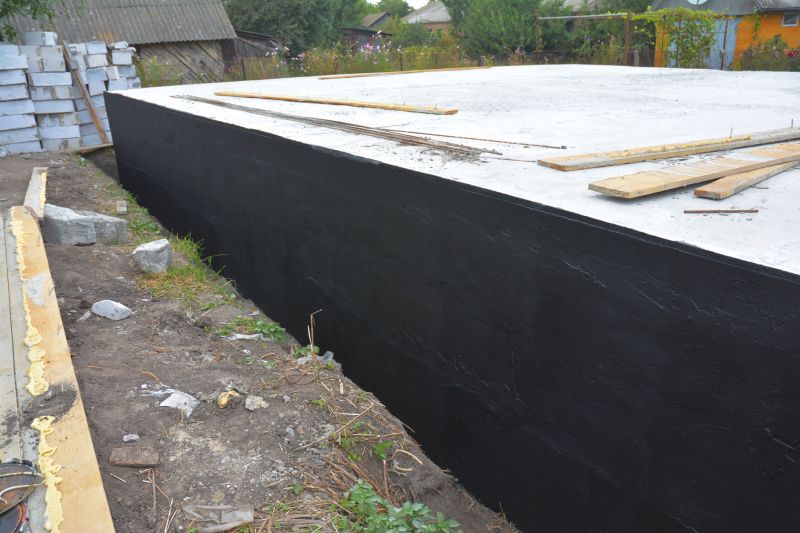
Examples that show the impact a good Waterproofings can make.
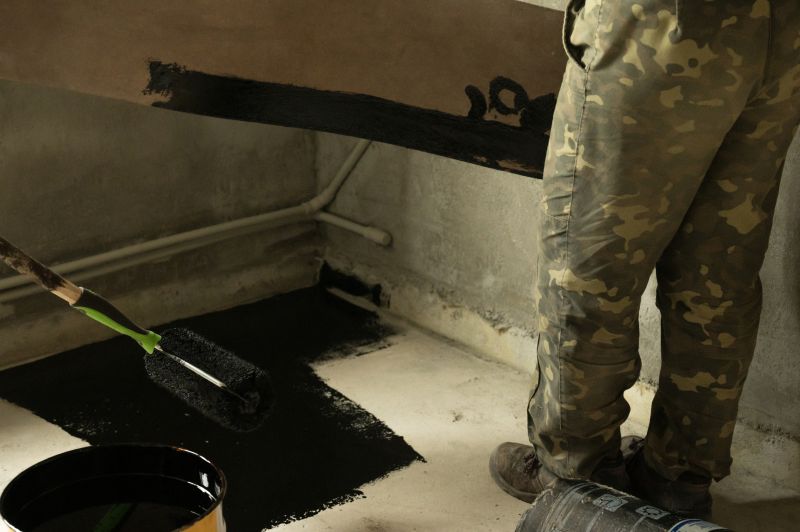
Ways to make Waterproofings work in tight or awkward layouts.
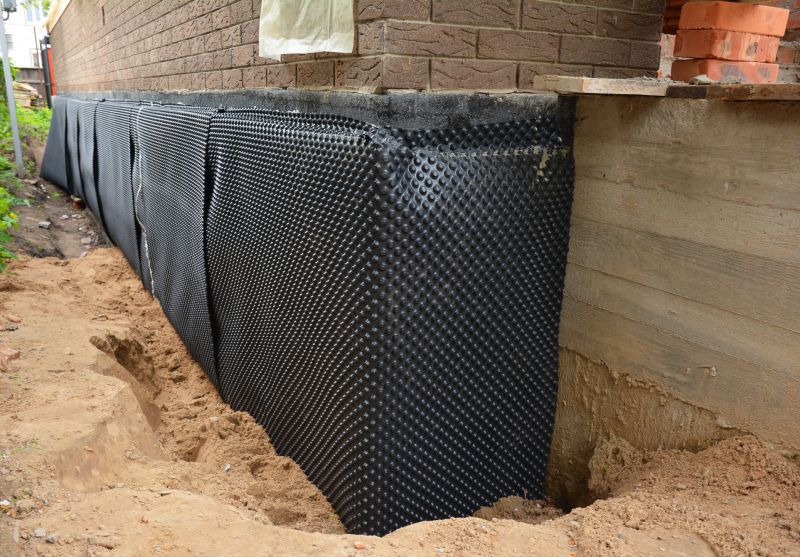
Ways to make Waterproofings work in tight or awkward layouts.
Interested in waterproofing services? Filling out the contact form can provide more information and help determine the best timing and solutions for specific needs. Proper waterproofing is essential for maintaining structural integrity and preventing water damage over time.

